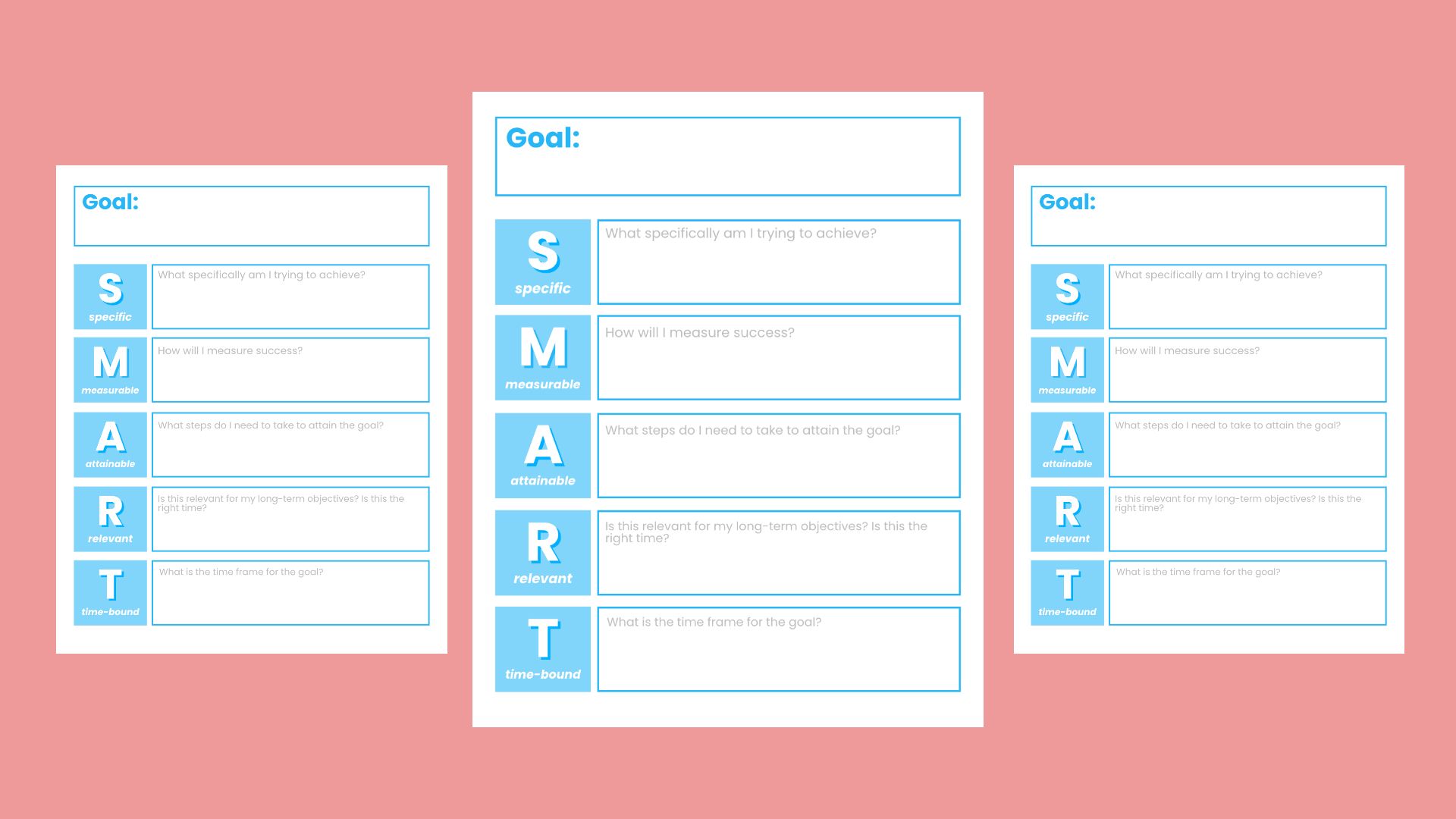
Related: Interview Question: “What Are Your Future Goals?” 4. While the example goal of reaching 100 words per minute could be achievable, when related to the rest of the SMART criteria, it could be that this goal will not be achievable in the time frame you scheduled, or that it will require more resources to get there. With a specific measurable goal, it is more likely to be achievable because it can allow you to see exactly how you will achieve your progress as you work toward the goal. This aspect of the SMART strategy also relates to your goal being measurable. Consider the following examples that illustrate a “before” and “after” effect when applying the “achievable” criteria to your goal.Įxample goal before “achievable” criteria: “I will increase my typing speed of 50 words per minute to 100 words per minute.”Įxample goal after “achievable” criteria: “I would like to increase my typing speed of 50 words per minute to 65 words per minute, and I can achieve this goal by making small increases in my typing speed each week.” The more realistic and achievable the goal, the more likely you will be to keep working toward it. Considering how long it will take, potential obstacles, and measurement methods will all help you determine the realistic odds of achieving your set goal. Make your goal achievableĪfter writing a specific goal and evaluating how you will measure it, consider if your set objective how achievable it is. The following example shows the evolution of a broad goal into a specific and measurable one.Įxample goal before “measurable” criteria: “I will increase my typing speed.”Įxample goal after “measurable” criteria: “I would like to increase my typing speed from 50 words per minute to 65 words per minute, and I can measure my progress by taking timed tests that show the increase in my typing speed.” For instance, this may take the form of tracking the time it takes you to complete an action or meet a milestone. Being measurable also takes into account any actions you would implement to help you further your progress toward your goal. This step in the SMART process prompts you to apply methods of measuring your progress toward achieving your goal. Make your goal measurableĪfter setting your specific goal, it is time to evaluate how you will take action to measure it. This example can then be further evaluated to check that it fits the remaining criteria of a SMART goal. This example goal takes a broad statement that could present different approaches and actions-like learning the proper typing techniques or not having to look at the keyboard while typing-and makes it more specific by evaluating which aspect of typing can be set as a goal. Related: The Difference Between Objectives and GoalsĮxample goal before “specific” criteria: “I want to get better at typing.”Įxample goal after “specific” criteria: “I want to increase my typing speed.”


The examples below show how you can fine-tune a broad objective into a specific SMART goal. Consider it in quantifiable terms and determine what actions you need to get there. The first step in creating an attainable goal is to get specific with how you describe it. Related: 12 Tips for Creating SMART Goals 1. When you decide to set a goal for yourself, consider following the SMART steps to help you achieve your objectives:
#Smarts goals how to#
SMART Goals: Specific Measurable Attainable Relevant Time-based How to set SMART goals Related: How Do You Set SMART Goals? Definition and Examples The characteristics of this goal can then be further detailed to reflect the remaining traits of the SMART goal process. By restating your goal in quantifiable terms, such as “be able to type more words per minute,” you have a SMART goal that can be obtained. However, upon evaluating this goal using the SMART method, you see that your goal is quite vague. Setting SMART goals allow you to realistically evaluate what you are trying to achieve by assessing what actions to take to reach your goal.įor example, you might set a goal to “get better” at typing. The SMART method provides a way to measure your progress and be accountable for your success. The acronym stands for the words “specific,” “measurable,” “achievable,” “relevant” and “time-bound,” which are essential traits of setting objectives. SMART is an acronym used to describe the process of setting goals. In this article, you will learn how to set achievable and measurable goals using the SMART goal strategy. Using the SMART goal method allows you to take specific steps that quantify your progress to your goal.

When setting out to accomplish something, it’s effective to set a goal to help you visualize and actualize your success.


 0 kommentar(er)
0 kommentar(er)
